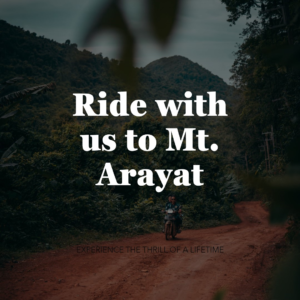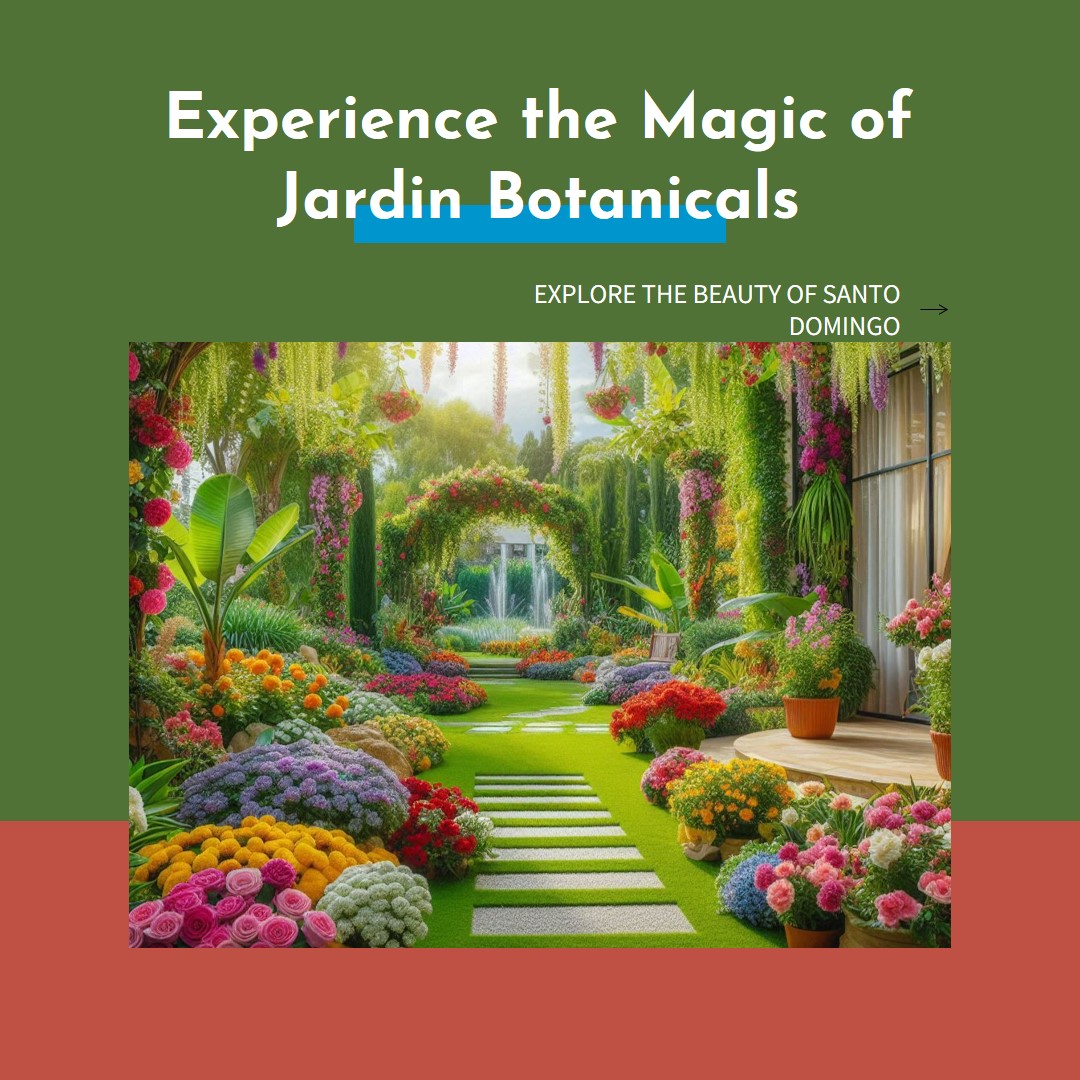
Discover the Enchanting Beauty of Jardin Botanical Garden Santo Domingo: A Joyful Exploration
Read Time:7 Minute, 8 Second
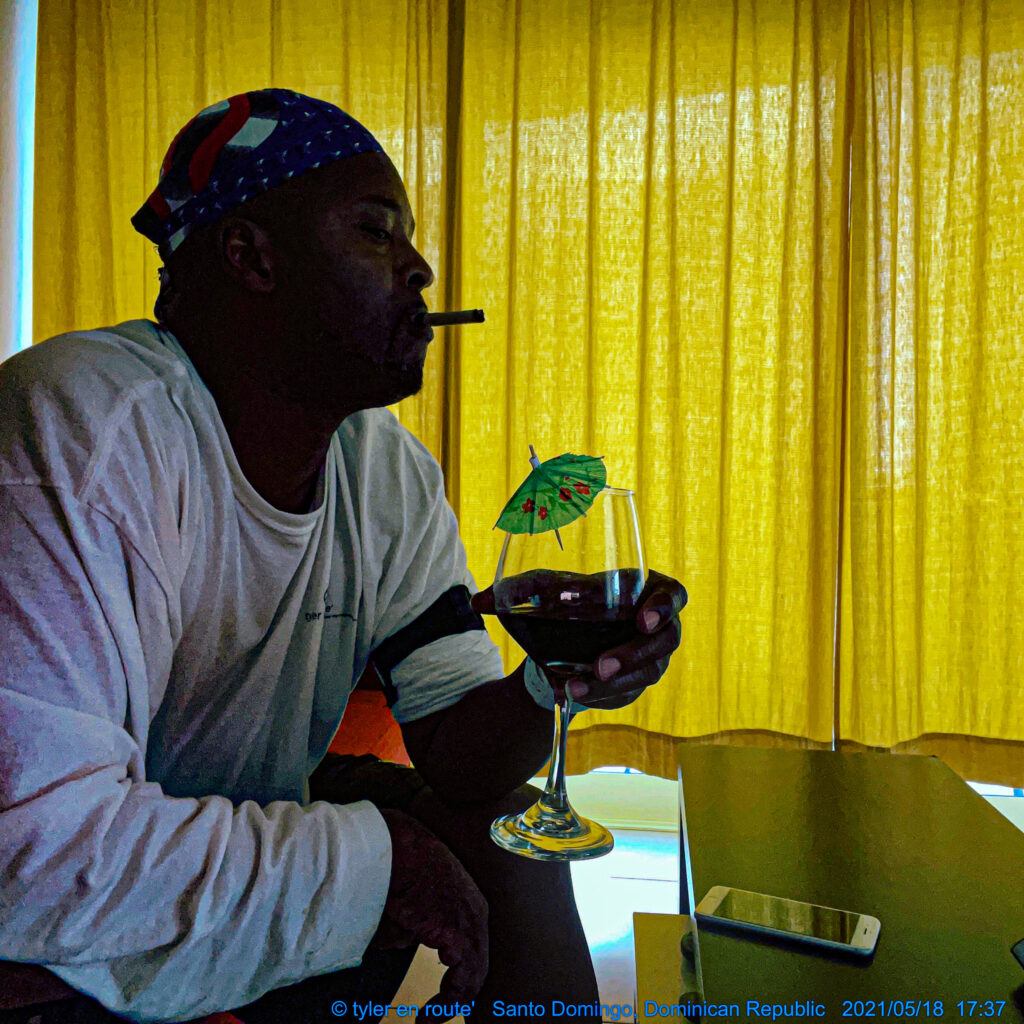
K Tyler
The author’s childhood experiences in Kirbyville, Texas, instilled a deep appreciation for the beauty and bounty of nature. Growing up on a Navy veteran’s 40-acre farm, the author learned to drive a Deere tractor, a skill that shaped his connection to the land and appreciation for the beauty of nature. Travels led him to explore the beauty and scenery of other countries, such as the Philippines, Japan, Bavaria, and the Jardin Botanical Gardens in Santo Domingo.
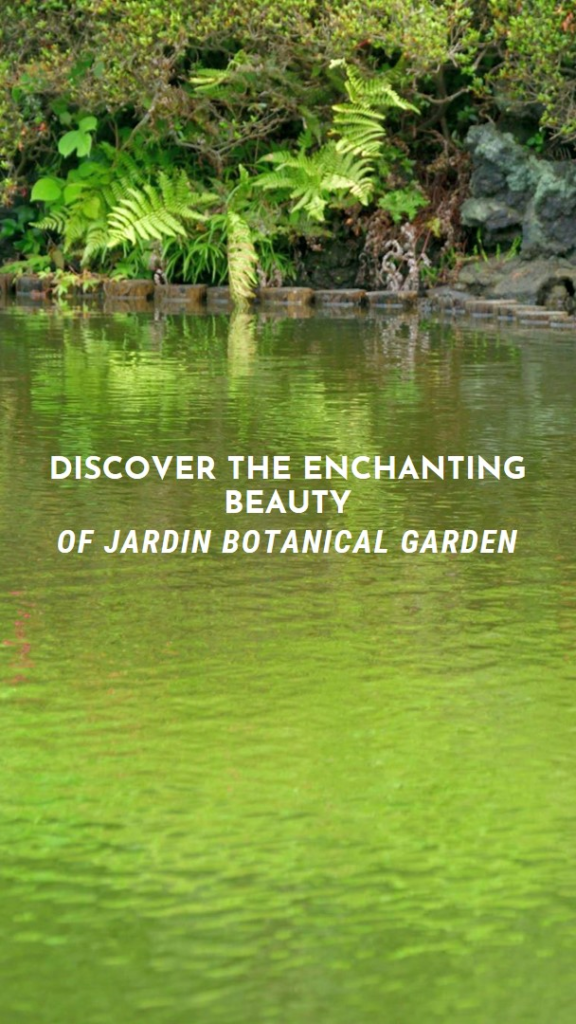
Some of the Dominican Republic's birds include the Hispaniolan woodpecker, parakeet, Limpkin, Broad-billed Tody, and West Indian Whistling Duck. The park's emblem, a guanito palm tree leaf, appears everywhere. A journey along meandering roads, hidden waterfalls, and peaceful ponds offers a peaceful retreat from daily life. A quiet sanctuary in the Dominican Republic, the Botanical Garden provides a sensory experience of natural beauty and calm to locals and tourists. From soaking in the scenery to joining a guided tour, the Botanical Garden will inspire and revitalize you.
My forebears were hunters and fishermen. I played outside from dawn to dusk as a kid. I'd create new trails on my bike, go-cart, or by walking through my neighborhood's woodland. My family valued farming and land. My uncle used to farm 40 acres near Kirbyville, Texas, in the 1970s. I spent the summer and part of the school year with this Navy veteran. There were no flowers in my childhood; just "crops." Nature's splendor has always fascinated me. My Deere tractor driving lessons were at Kirbyville. I enjoyed every minute riding the machine from sunup to sundown. Some saw it as job; I saw it as adventure. Roosters crowing in the morning got me excited for another day in the fields with my uncle. As I helped Dad tend to the crops, I felt proud as they grew.
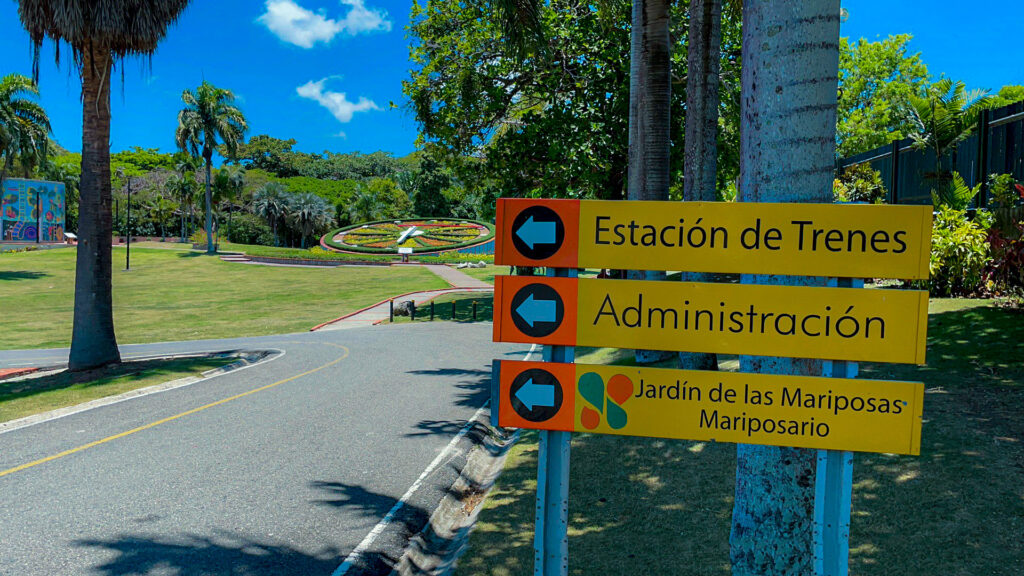
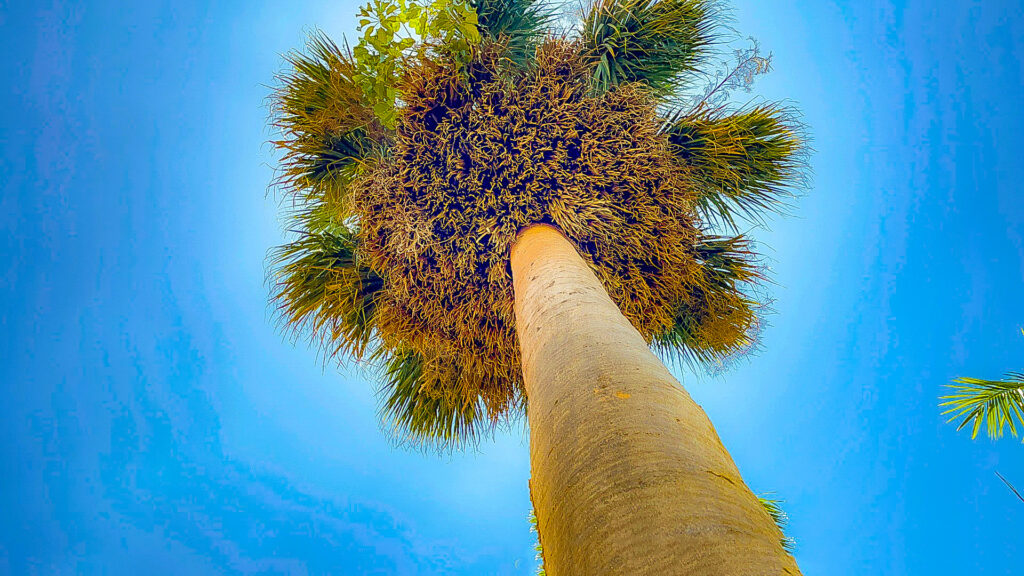
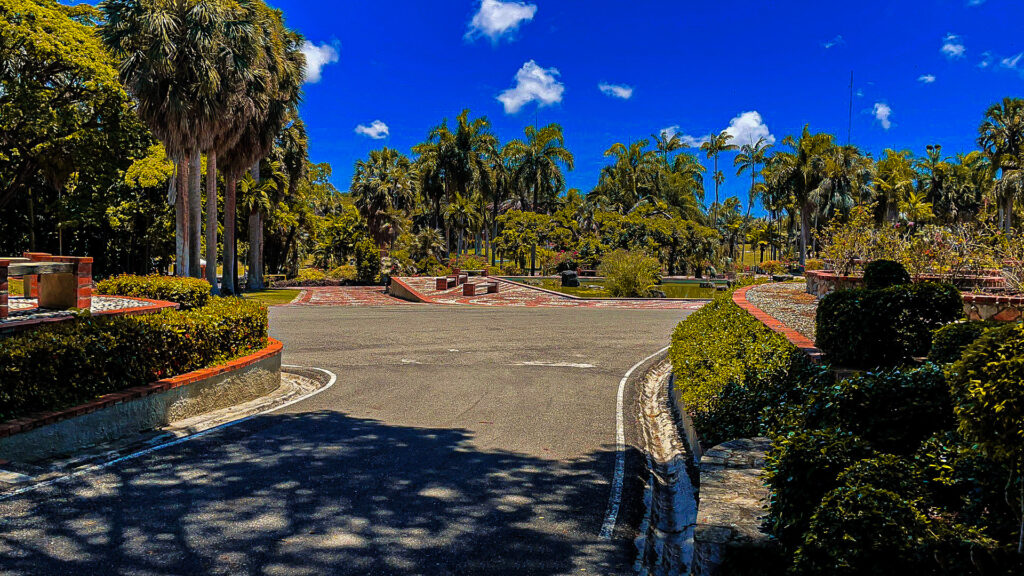
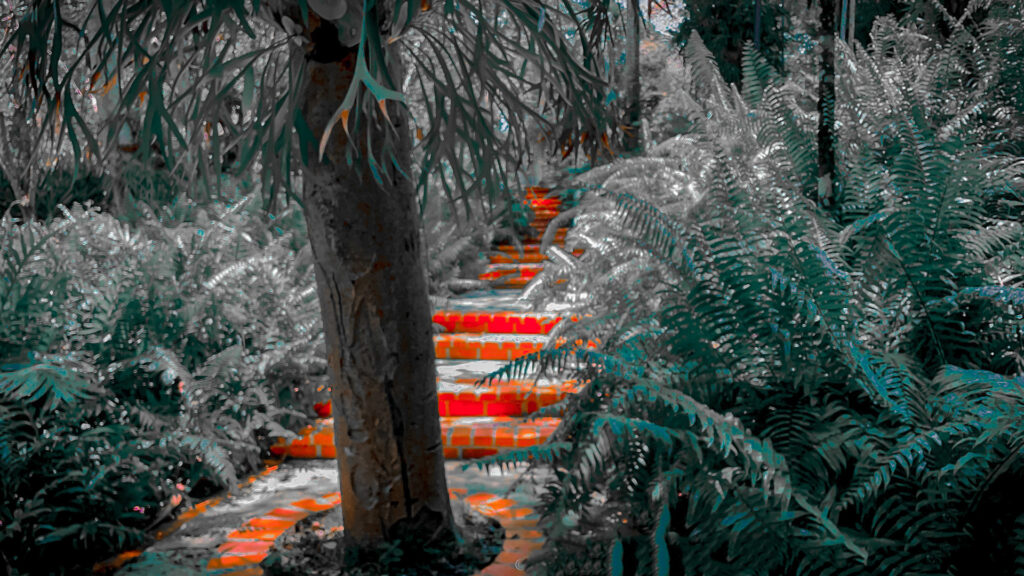
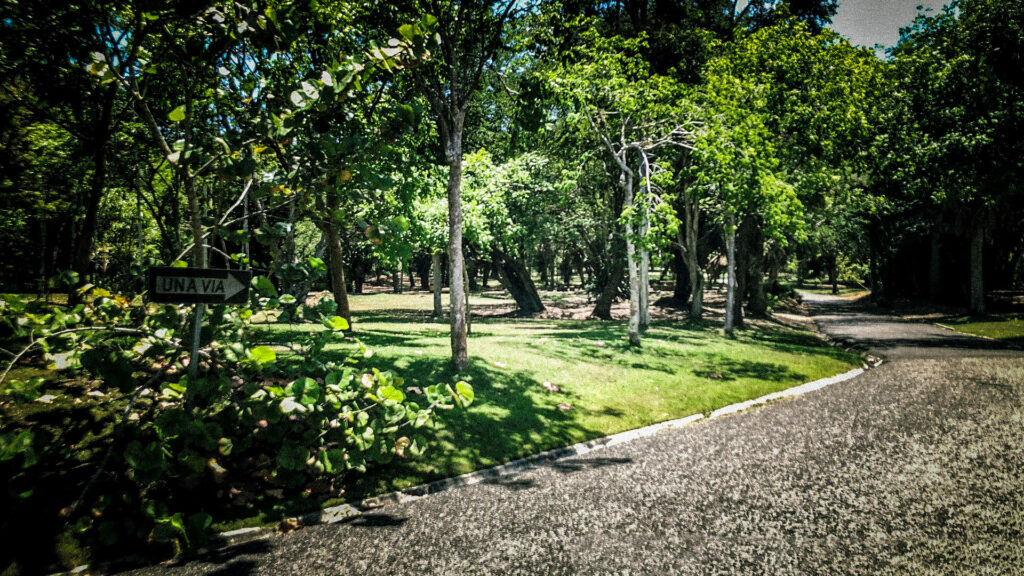
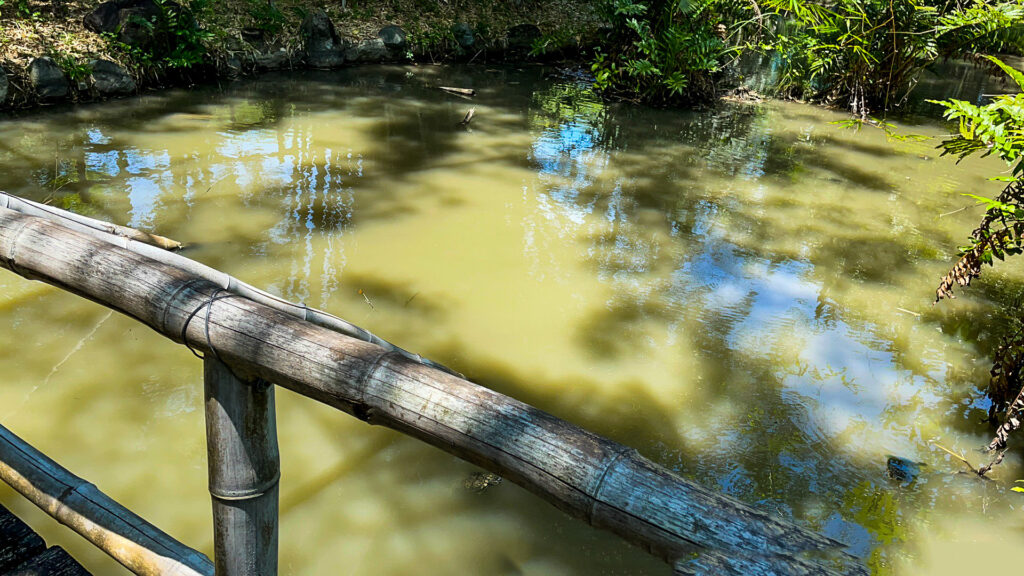
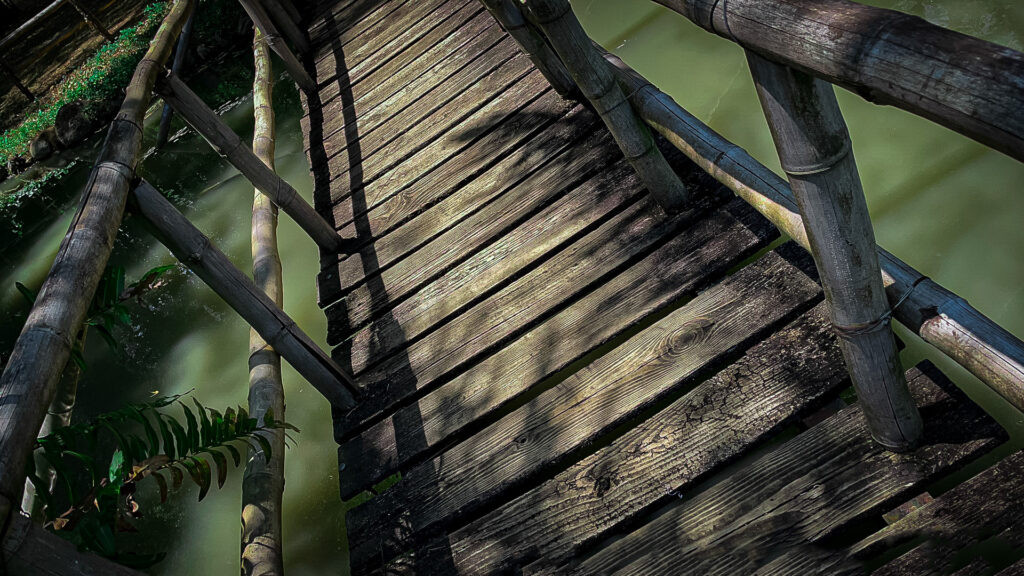
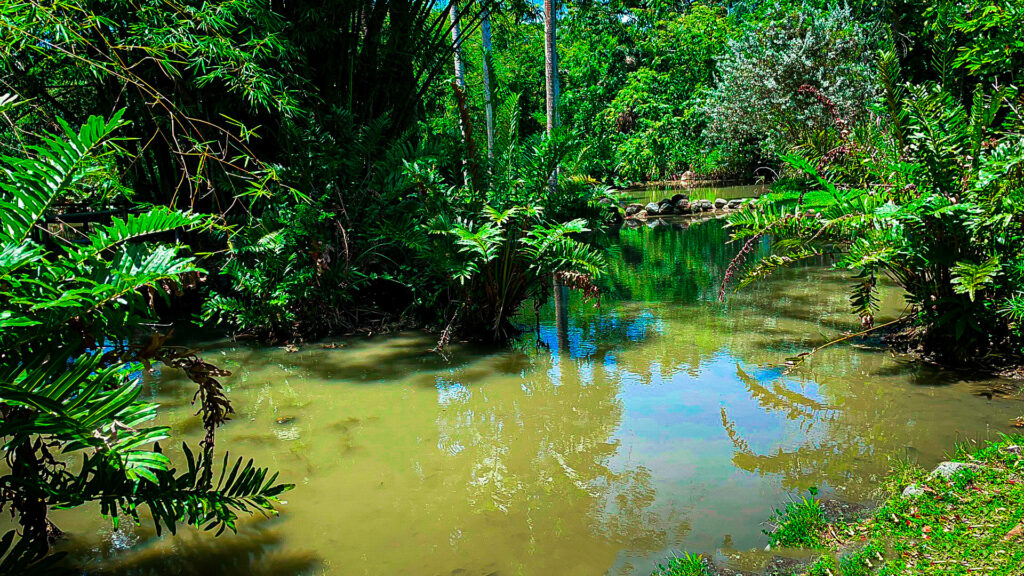
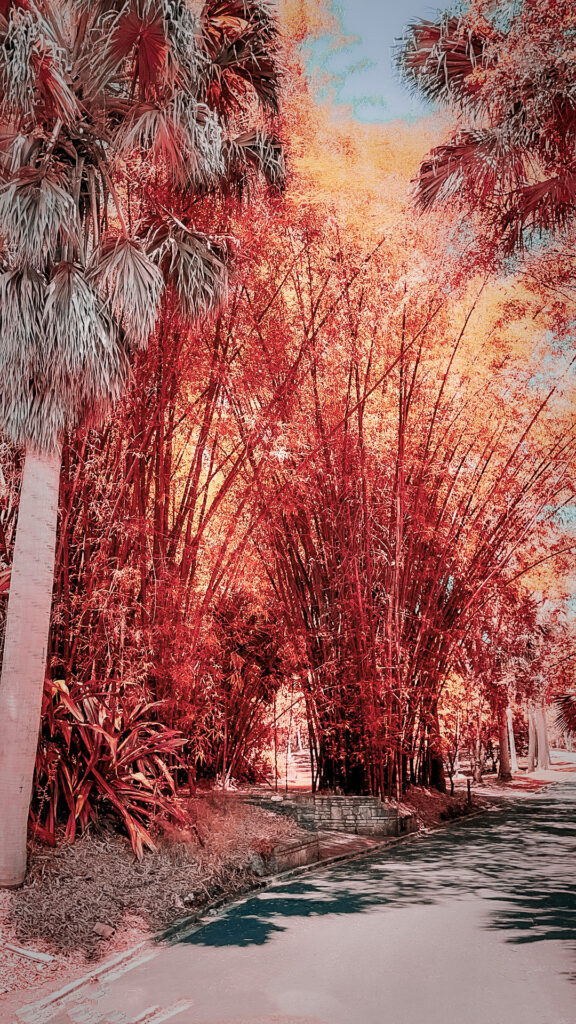
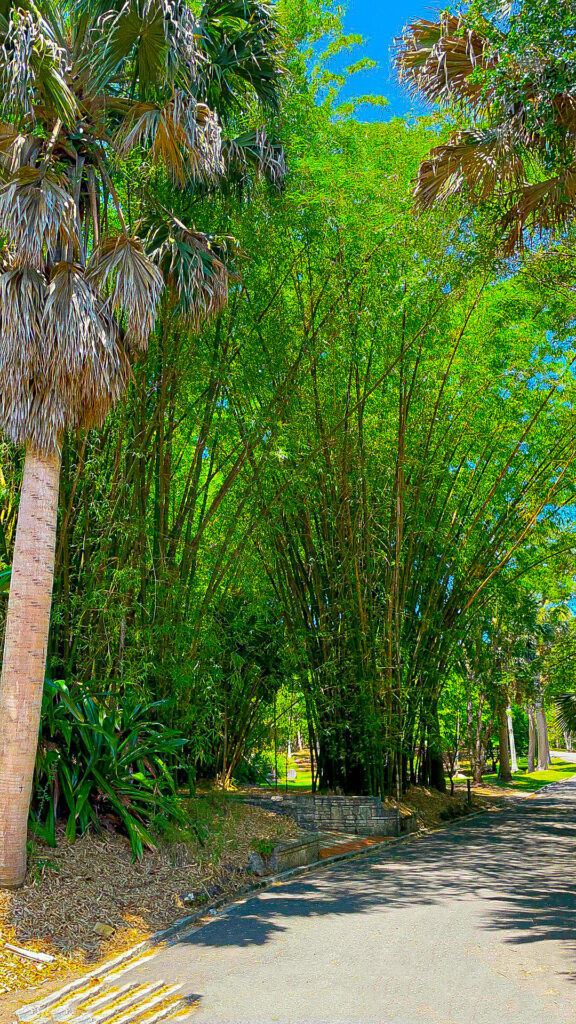
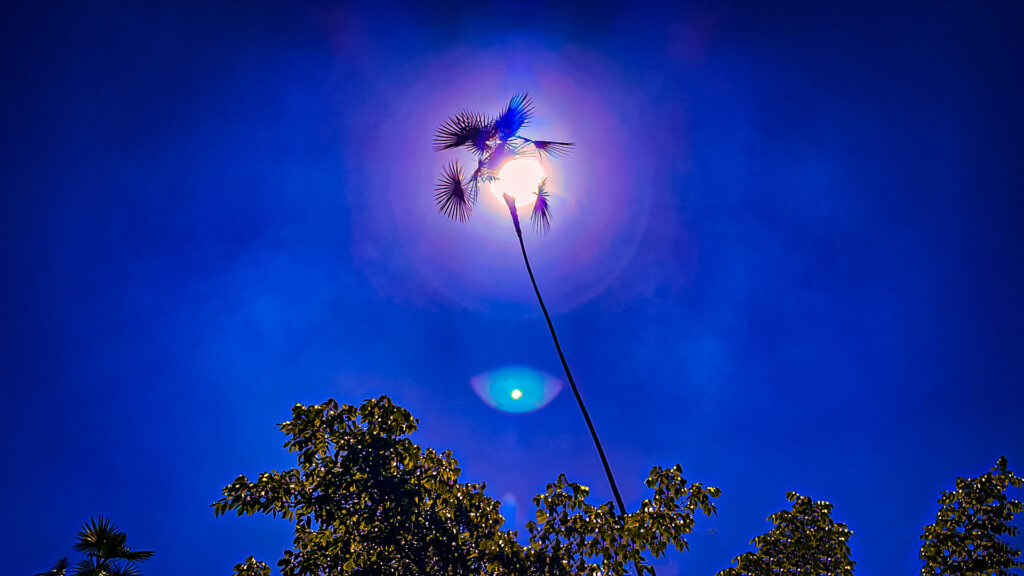
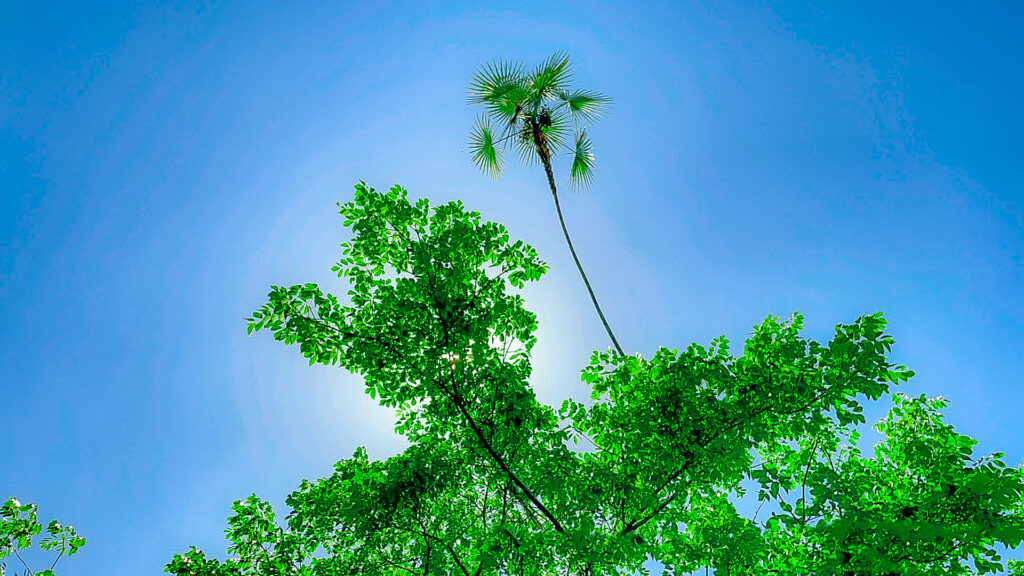

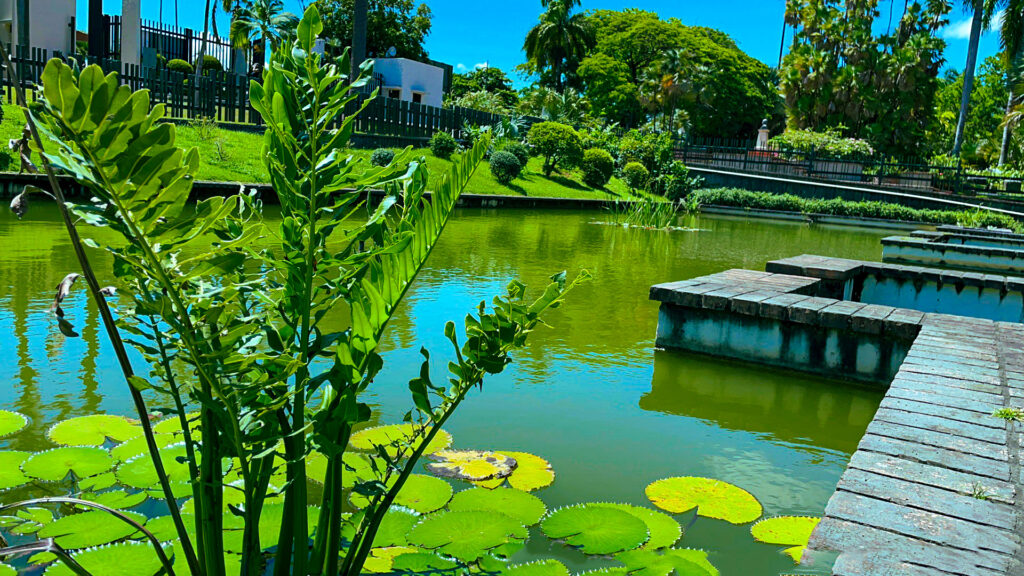
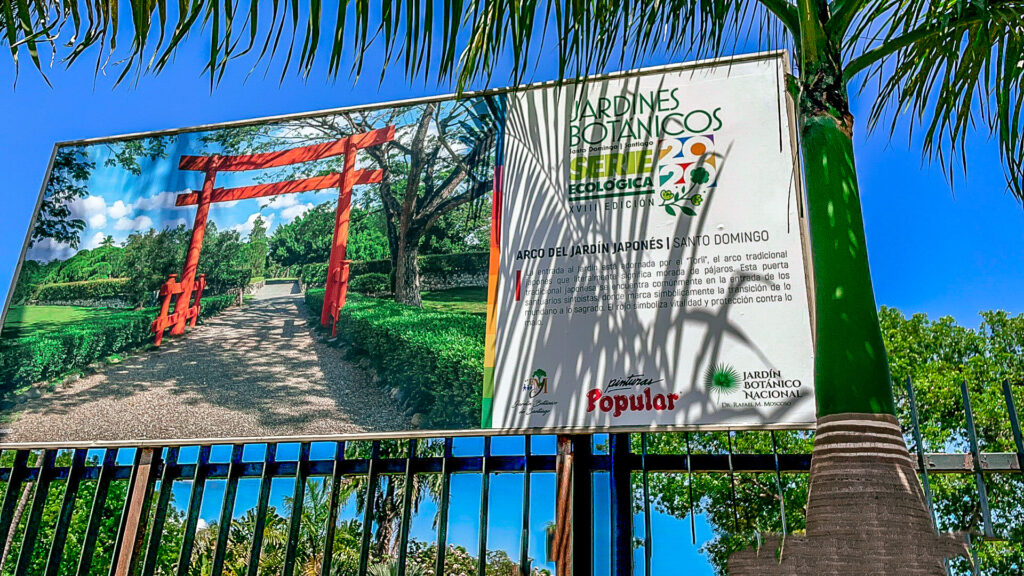
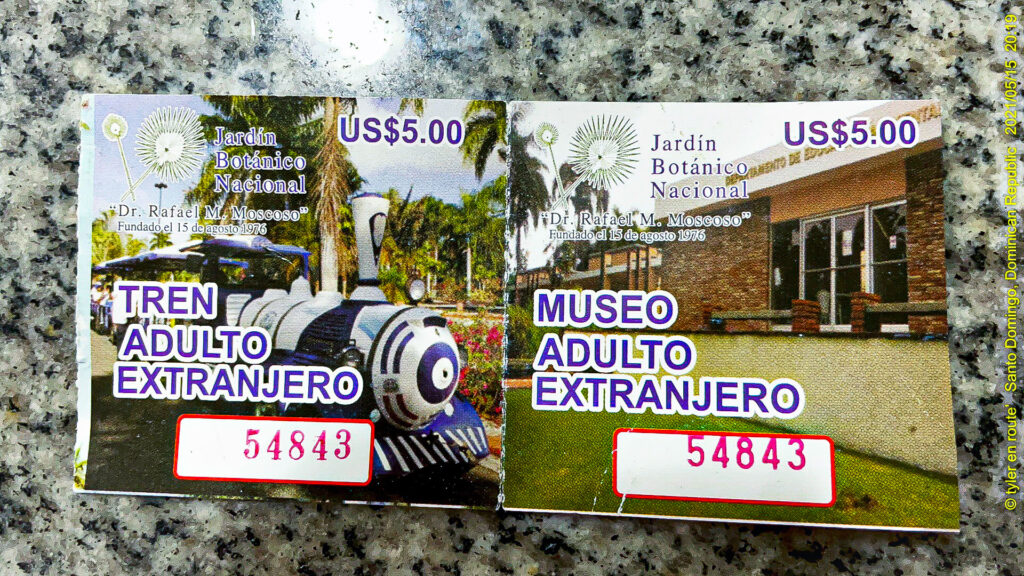
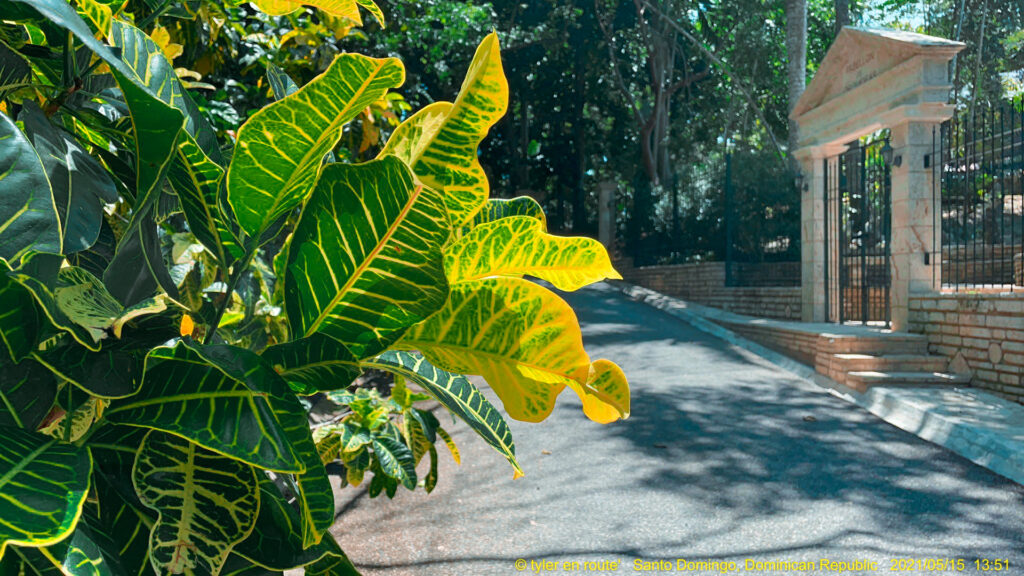
The scent of newly plowed ground, the sun on my back, and the wide-open fields before me gave me calm and satisfaction I'll never forget. I learned to appreciate the soil and enjoy rural life on my uncle's Kirbyville farm. Working with my uncle to cultivate and harvest crops taught me hard labor. I found consolation in the fragrance of newly churned dirt and the tractor's engine. Despite the hard hours and physical exertion, I felt free and fulfilled for the first time.
As a young guy, I traveled and was amazed by other nations' beauty. Democracy is thriving in some war-torn and poor nations. Beauty is only understood after seeing the Philippines' beaches, Japan's skylines, Bavaria's pure air, and Santo Domingo's Jardin Botanical Gardens. Traveling showed me the world's beauty and diversity. The difference between cityscapes and rural regions of various countries showed me human tenacity and inventiveness. As I explored different cultures and locations, my love of nature and the environment grew. Each stop gave a fresh viewpoint and renewed astonishment at our planet's variety.
The famous Dominican botanist who cataloged Hispaniola's plant richness founded the Dr. Rafael M. Moscoso National Botanical Garden in 1976. The 400-acre (160-hectare) park showcases the Caribbean's second-largest island's unique birds and plants. Bromeliads, ferns, palms, succulents, medicinal plants, and over 300 orchid kinds are in the garden. Birdwatchers love the well-kept park since the Dominican Republic has many common and unusual bird species. The Hispaniolan woodpecker, parakeet, Limpkin, Broad-billed Tody, and West Indian Whistling Duck live in the lush foliage. Site has a traditional Japanese garden. The park's emblem, a guanito palm tree leaf, appears throughout the park. Visitors to the area may also meander along winding paths to secret waterfalls and peaceful ponds, escaping the daily grind. For a quiet day with family and friends, the park's tranquility and natural beauty are ideal. The Dominican Republic Botanical Garden is a must-see for nature lovers, birdwatchers, and those seeking a calm escape. (2022 Atlas Obscura)
I walked the 3 kilometers from Central Park Towers to Jardin Botanico's Gardens on my first visit. I arrive at the entrance to a small queue, signaling that this location must be great. I like going alone as much as I like being here. The phrase "join the army—fun, travel, and adventure." reflects my military background. The Army's tagline, "fun, travel, and adventure," had two meanings. To promote the Army's pleasure, travel, and adventure of military service, leave, and overseas duty, good soldiers invented the phrase "FTA". However, "haters" called "FTA" "fuck the Army." I saw both good and nasty troops. After seeing both viewpoints in the Army, I found "fun, travel, and adventure" accurate. My military service allowed me to travel, meet interesting people, and push myself in ways I never imagined possible. The path, both good and bad, made me who I am today, and I am glad for it.
Santo Domingo, the Dominican Republic's capital, may be home to a wide variety of wildlife and plants, but it's difficult to get a favorable look at them from the city center. It's densely populated; there are a lot of cars, and unless you leave the city, you won't be able to fully appreciate the island's biological diversity. The Botanical Gardens are best if you can't go far into the wilderness. As a bioengineering student, I've always loved the outdoors, but I've had to put up with hay fever here in the United States because of my allergy to trees, grass, and other plants. My symptoms get a little worse in the Dominican Republic because of the climate, but with hydrocortisone cream for any welts and Zyrtec allergy tablets, everything is fine. I make sure to always pack these essentials in my travel bag whenever I visit the Dominican Republic. Despite my allergies, I still find joy in exploring the lush greenery and vibrant flowers of the Botanical Gardens.
The gardens' rich plant life amazes me and calms me while I'm in nature. Even with my physical struggles, it reminds me of nature's beauty and tenacity. The Botanical Garden debuted in 1976, yet it's not ancient. The Spanish Island was named "La Espaola" after Christopher Columbus' landing. People sought to conquer the island for years, but few succeeded. An thorough plant inventory by Dominican botanist Dr. Rafael Mara Moscoso first described the island's vegetation. The garden's location inspired its name. Dr. Moscoso's devotion to cataloging the island's flora has made the Botanical Garden useful for scholars and nature lovers. Botany enthusiasts will adore the island's unique plant life, which highlights its biodiversity. I come to the Botanical Garden to connect with nature and admire its beauty, which gives me courage and tenacity to face my physical obstacles.
While walking around the park, you'll see a palm tree with handheld fan-shaped leaves. Since Guanito leaves are abundant, the botanic garden has made them its emblem. Dominicans have all visited this webpage, either for education or pleasure. A thin bubble separates the city from Dominican nature upon entry. The city's weather is still tropical, humid, and excessively rainy, yet entering makes you feel much better. You breathe cleaner air, hear less city noises, and see more greenery. The air softly sways the Hojas de Guanito, bringing shade and quiet. You can escape the daily grind and reconnect with nature here.
The botanic garden is a tranquil refuge in the Dominican Republic for locals and tourists. While walking around the botanic garden, you may see vivid orchids attracting butterflies and hummingbirds. The smell of tropical flowers takes you to a world of natural beauty and peace. As you wander the botanic garden, you may find secret paths lined with exotic plants and trees, each with a magical view. The tranquil ambiance and sound of a nearby fountain make it the ideal spot to relax and refresh your mind, body, and spirit. A visit to the botanic garden will refresh and inspire you, whether you rest on a seat and admire the scenery or join a guided tour to learn about the various plant life.

